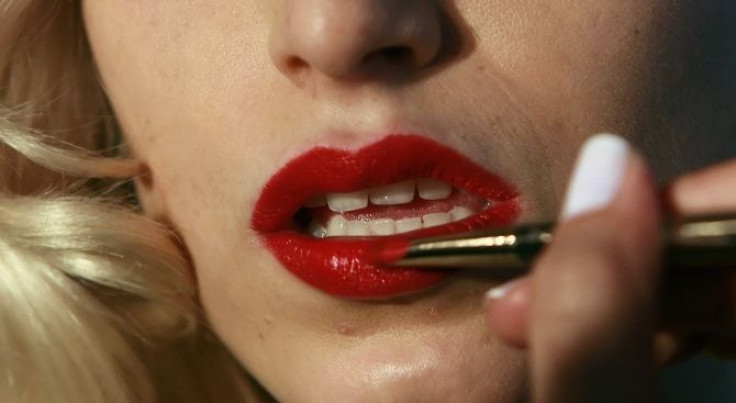Wearing Red Lipstick Gets Waitresses the Biggest Tips

Waitresses who wear red lipstick earn more tips compared to those who don’t, according to French researchers.
Sociologists from the Universite de Bretagne-Sud, France, tracked almost 450 transactions on tips that were left for seven waitresses over a period of two months and found that waitresses who wore red lipstick received tips half of the time from male customers whereas those who wore brown, pink or no lipstick were tipped less than a third of the time.
However, the latest finding only applies to male customers. Researchers noted that wearing red lipstick made no significant impact on tips from female customers.
Researchers associated the rise in tips from male customers with red lips being "associated with an indication of estrogen levels, sexual arousal and health," according to The Times in UK.
The sociologists said that the latest findings had "practical implications for female employees," because it suggested that by putting on red lipstick waitresses could potentially enhance their incomes, especially if they worked in bars or restaurants where men frequent.
The results of the latest study are published in the International Journal of Hospitality Management.
Past research on waitressing found that waitresses are more attractive or blonde more tips than others who were less attractive and brunette.
In February, researchers, writing in the Journal of Experimental Social Psychology, found that men are more attracted to women who wear the color red because men feel like they are less likely to be rejected and that these women are more sexually receptive.
Psychologists at the University of Rochester in New York and at the University of Innsbruck, Austria, revealed that male participants who were shown photographs of women wearing a red shirt found them to be more attractive than the same women wearing green or white shirts.
Researchers had been fascinated “that merely changing the color of a woman’s shirt can have such a strong influence on how she is perceived by men” regardless of the cut.
This effect of the color red most likely stems from biology, according to study author Adam Pazda, a psychologist at the University of Rochester.
Pazda explained that when many non-human primate species, like chimpanzees and baboons, ovulate, their estrogen levels peak, which in turn opens up their blood vessels resulting in their faces to turn bright red. This rosy complexion appears seems to be sexual signals that are intended to attract males.



























